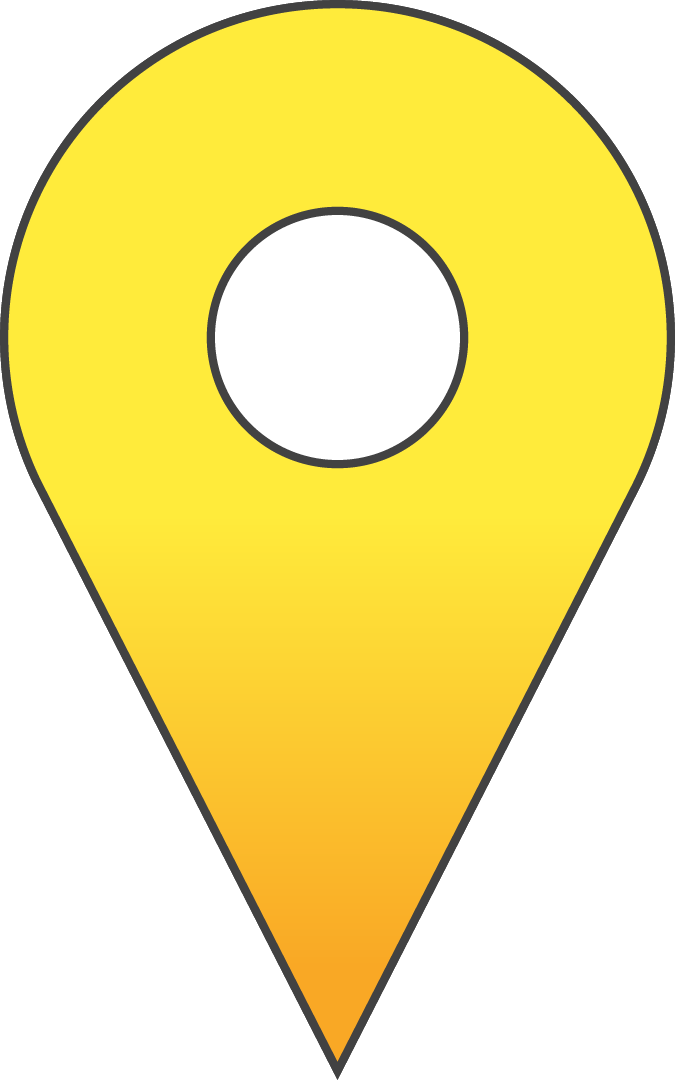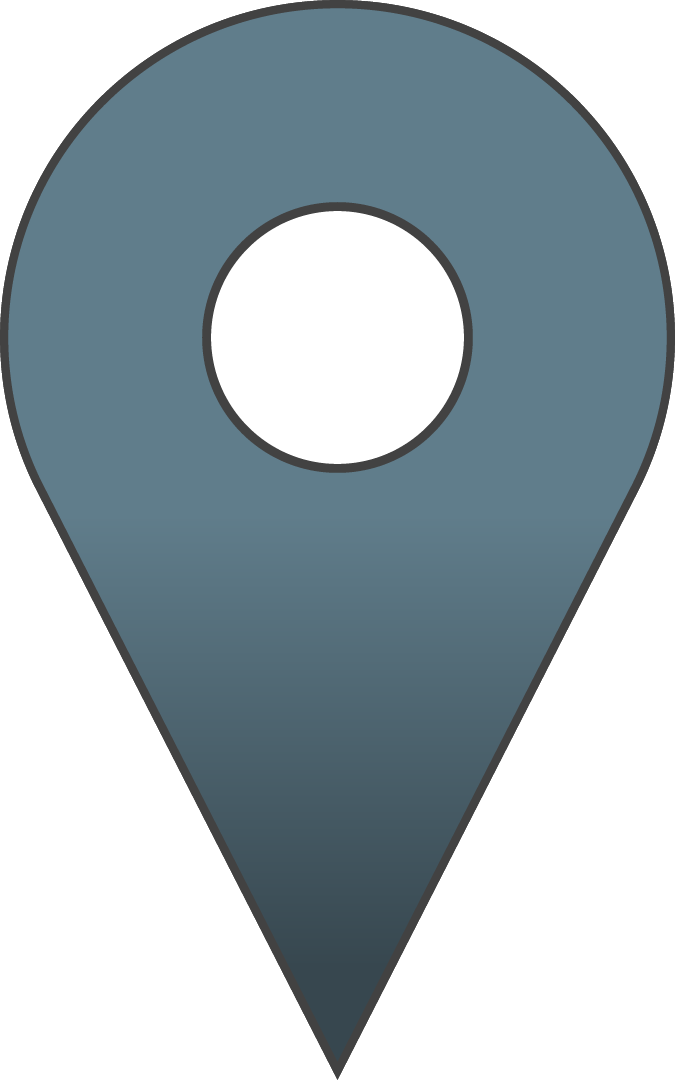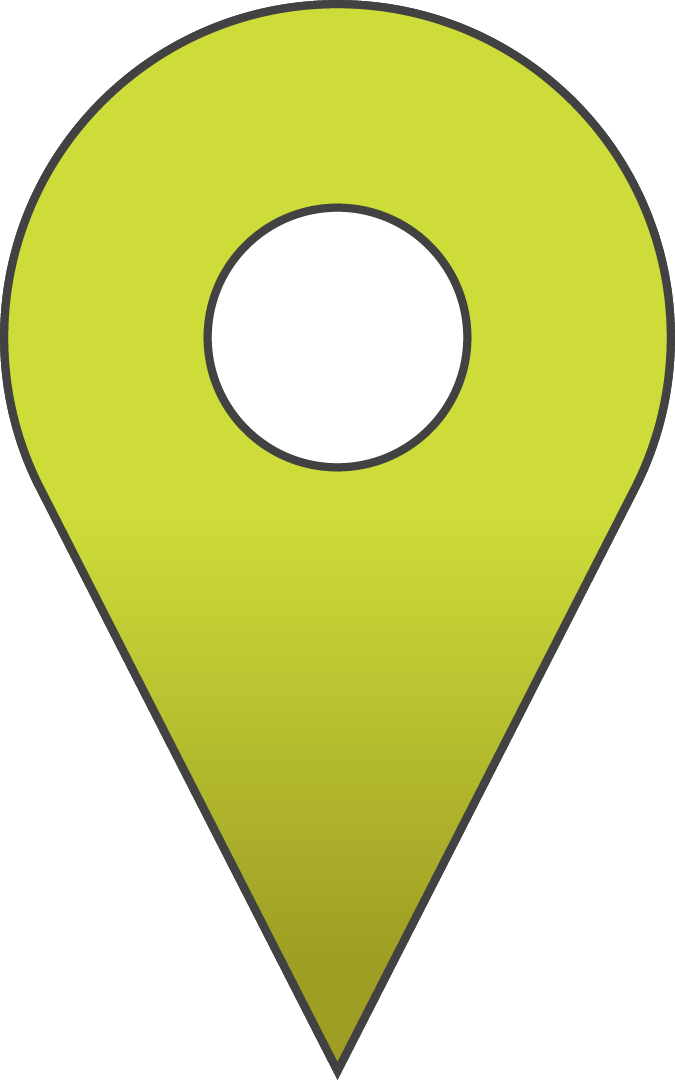The University of Valencia extends throughout the city of Valencia and its metropolitan area on three university campuses: the campus linked by Blasco Ibáñez Avenue, the Tarongers campus and the Burjassot-Paterna campus.
Three campuses physically linked by the underground and tram and home to numerous research institutes, eighteen faculties and the School of Engineering are what make up the University de Valencia of today.
Yet the University of Valencia is also present in many landmark areas of the city: from the historic La Nau building located in the heart of the city and home to the Cloister, the Auditorium, and the Historical Library, which is a Cultural Centre of reference; or the Cerveró Palace, site of the López Piñero Institute for the History of Medicine and Science, located on Cisneros Square in the city centre, to the Botanic Garden, on Quart Street for more than 200 years.
The Rector Peset Hall of Residence, located between the historic neighbourhoods of Mercat and Carmen, is much more than student and teacher accommodation. It was built from the restoration of the Martínez de Vallejo Palace and the recovery of attached ancient manor houses. The hall of residence has established itself as a cultural and civic centre open to music, exhibitions and intellectual discussion.
Beyond the metropolitan area of Valencia, the University also offers classes at the University Extension in the city of Ontinyent, while an intensive programme takes place throughout the year in Gandia. These are two examples of the University’s commitment to its surrounding region.
The University boasts a unique centre, the Astronomical Observatory, equipped with state-of-the-art technology. Its facilities are extended between the Burjassot-Paterna campus and the municipality of Aras de los Olmos, far away from the city’s light pollution. It follows the University’s centuries-old tradition of astronomical observation.






























